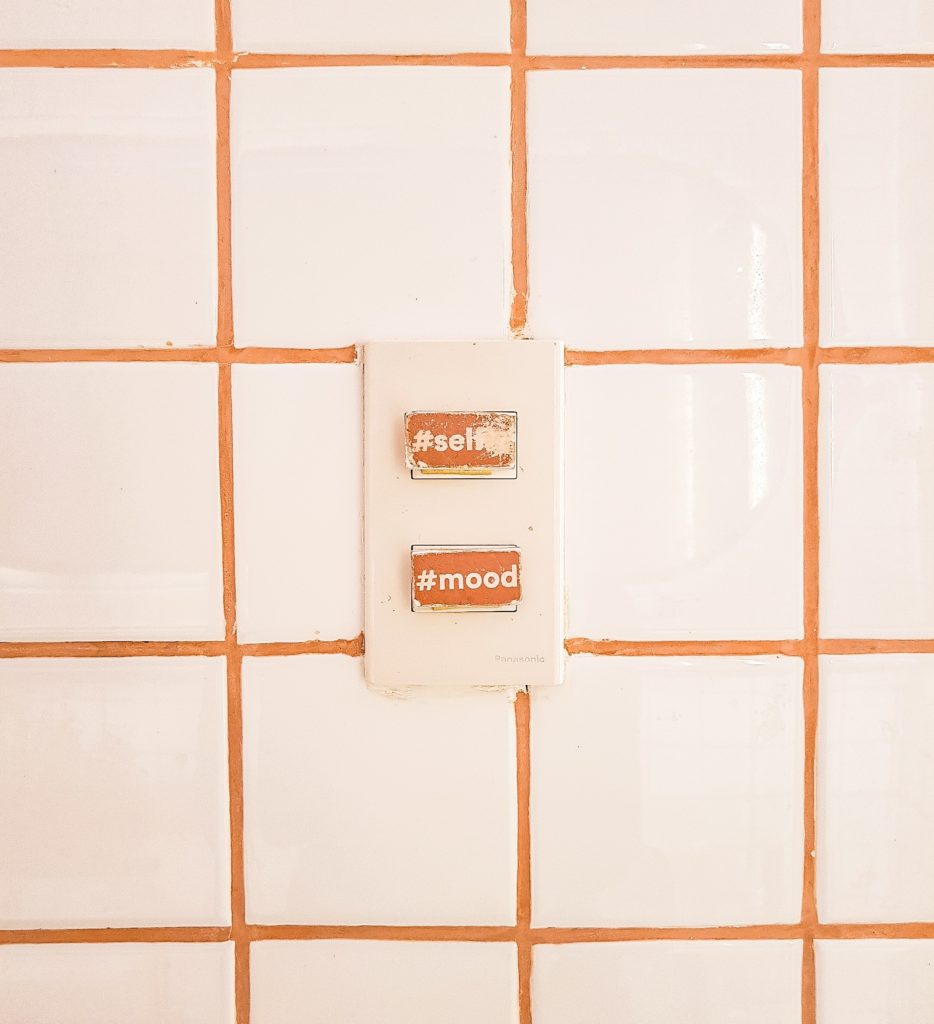Mood changes before your period can range from pesky to downright debilitating (in the case of PMDD). While 90% of women will experience PMS at some point, it’s abnormal and a sign something else is going on.
Symptoms often include depression, anxiety, irritability, mood swings, fatigue, and in severe cases, thoughts of self-harm. There are wonderful natural options to treat PMS mood changes, and antidepressants or birth control pills are NOT the only options.
Remember that the mood changes occur for different reasons, so consult with a healthcare practitioner before making changes.
Start with balancing your diet
Before adding supplements, I look at a patient’s diet and nutrition to see where things might be out of balance. I find that supporting the body by taking out irritants like caffeine, sugar, and alcohol and adding in more whole foods, protein, and FIBER, symptoms will often subside.
When I talk about fiber, the key form is soluble fiber which is found in all beans, psyllium husk, oats, and apples (among other foods). Soluble fiber has a special ability to bind with excess hormones and transport them out through stool, and most of us don’t get nearly enough of this type of fiber.
Evaluate Histamine
Histamine is famous for its role in allergic reactions, but it can also impact premenstrual mood changes and symptoms around ovulation. Other signs of excess histamine are nausea, anxiety, headaches, cramping, hives, skin flushing, and brain fog. The first step is to trial an over the counter anti-histamine such as loratidine (Claritin), and see if symptoms improve. If symptoms get better, the next step is to consider a low histamine diet and histamine balancing supplements such as quercetin, ginger, SAM-e, and more.
Note that elevated histamine is often present for a reason such as gut dysbiosis, estrogen dominance, mold exposure, or other underlying cause, so it’s important to work with a practitioner to discover what’s going on and treat it appropriately.
Consider Targeted Vitamin & Mineral Supplements
Many vitamins and minerals have been shown to improve symptoms of PMS and PMDD. These may include: vitamin B-6 (caution with high doses – may cause nerve damage), magnesium, vitamin E, chaste tree berry, and saffron.
Naturally Support Serotonin Levels
Serotonin can be one piece of the puzzle, and it can be supported by eating a diet rich in tryptophan foods (think turkey, avocado, and chickpeas to name a few), supplementing with 5-HTP, and regularly exercising.
Therapy and life coaching
PMS and PMDD are often worse when we’re under stress, partly because our precious progesterone gets converted into cortisol. Additionally, the change in hormones can “life the veil” and make us more sensitive to things in our lives that aren’t working or aren’t great the rest of the month, and it amplifies when our hormones change. Getting support in the form of therapy or life coaching can make a difference in reducing stress and changing your circumstances so mood changes aren’t as severe.
Other Strategies
There are many things to consider when addressing PMS/PMDD. Consider supporting hormone levels with lifestyle and herbs to reduce estrogen levels (if needed), progesterone can be helpful in some instances due to sensitivity to the progesterone withdrawal, nutrients including iron, zinc, and iodine can play a role, and sometimes focusing on gut health is what makes the biggest difference.
Bottom line is that there are solutions to PMS. While it may only seem like a few days out of each month, 3 days a month = 36 days a year which is way too much time to lose to PMS. There are great natural options for PMS mood changes.
Happy Healing,
Dr. Laura


